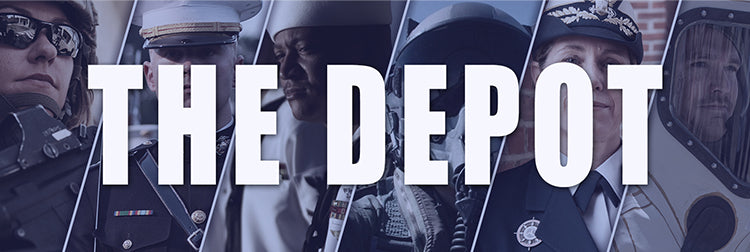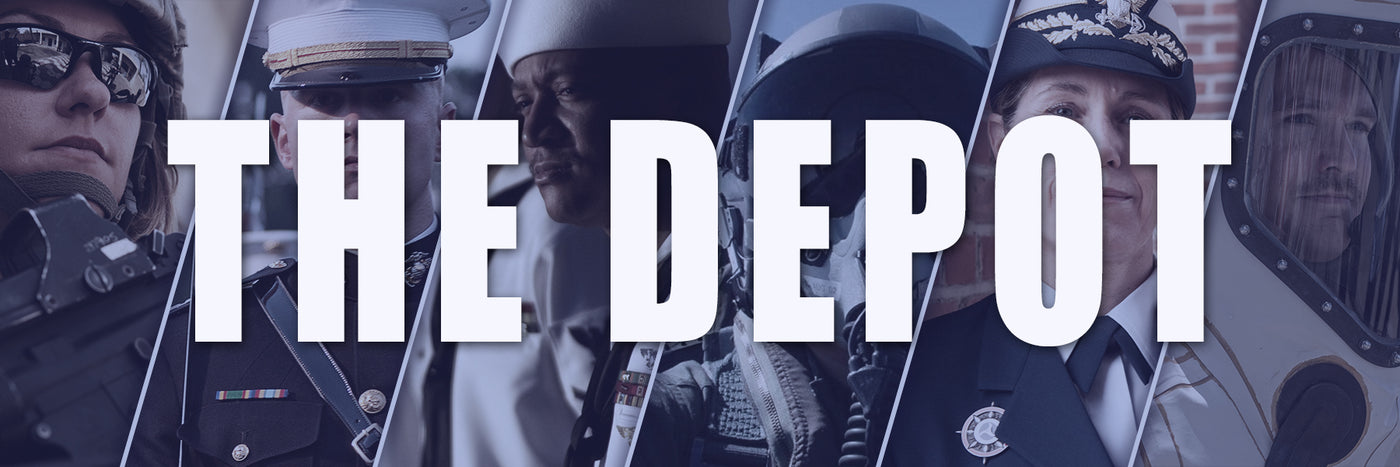
U.S. Coast Guard Auxiliary: A Brief History
The US Coast Guard Auxiliary was established by Congress in 1939. Since then, Auxiliarists have worked hand in hand with the US Coast Guard and the US Coast Guard Reserve...
Blog Staff |
ARMED FORCES SUPER STORE 1-877-653-9577 | 8 - 7 CST MON-FRI



The US Coast Guard Auxiliary was established by Congress in 1939. Since then, Auxiliarists have worked hand in hand with the US Coast Guard and the US Coast Guard Reserve...
Blog Staff |